Pennsylvania Dutch: A language that persisted
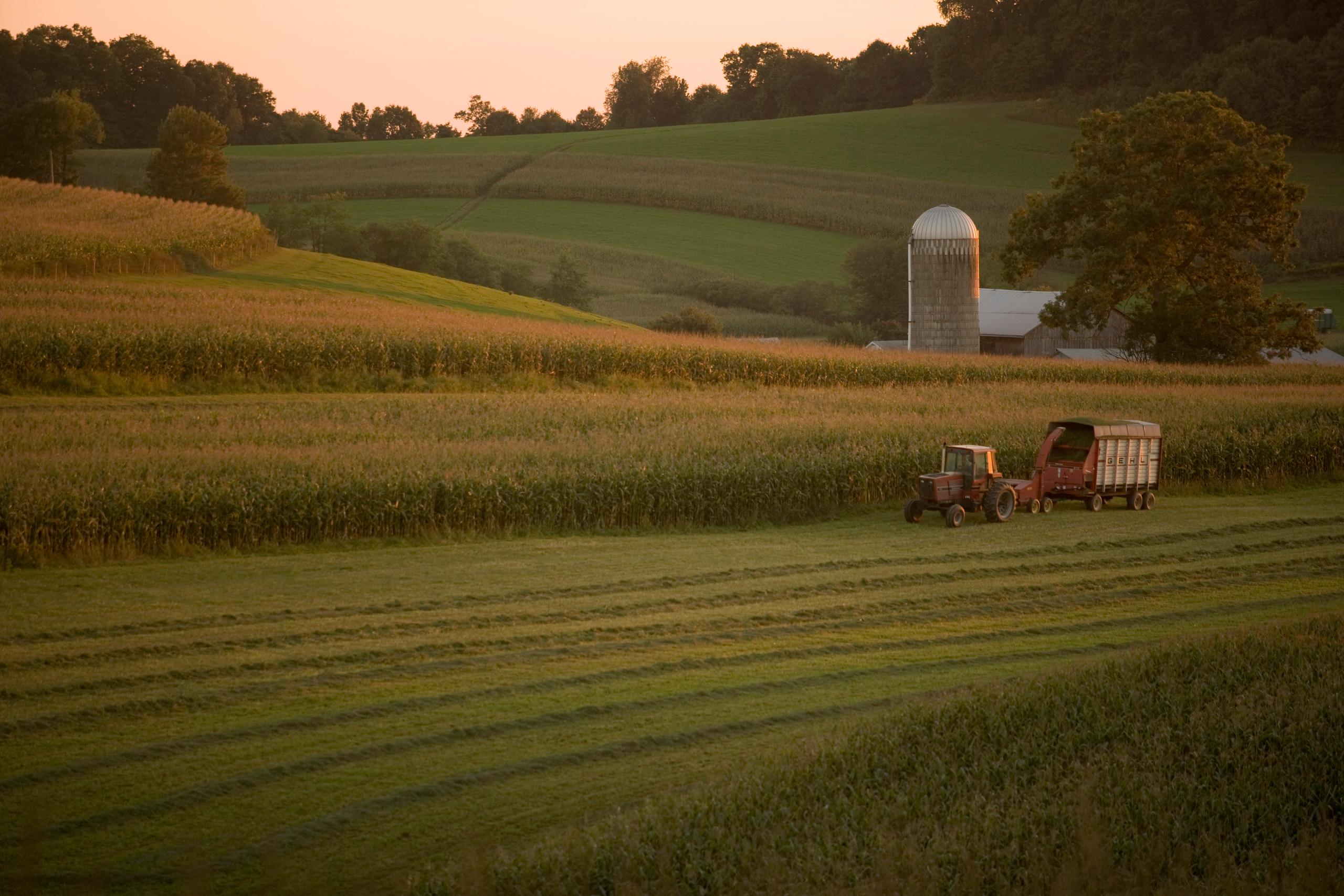
It’s not just Amish and Mennonite communities that speak German dialects today in the United States. For Douglas Madenford, who has spoken Pennsylvania Dutch all his life, a recent trend towards mainstream revival of the language is a testament to its richness and durability.
“Guder Mariye, liewe Kinner!” (Good morning, dear children!)
I start most of my mornings with these four words. What’s most interesting about that statement is that I am an American. My family immigrated to the colony of Pennsylvania in the early 1700s and has been here ever since. Twelve generations later, we still speak the language that our forefathers brought with them across the Atlantic: Pennsylvania Dutch (Pennsylvaanisch Deitsch, or PD).
There are very few immigrant languages that have stood the test of time in America. Most immigrants stop using their native language within a generation or two of immigrating in the hopes of assimilating to American culture and society. My forefathers decided that yes, assimilation is important, but we would continue to maintain our language.
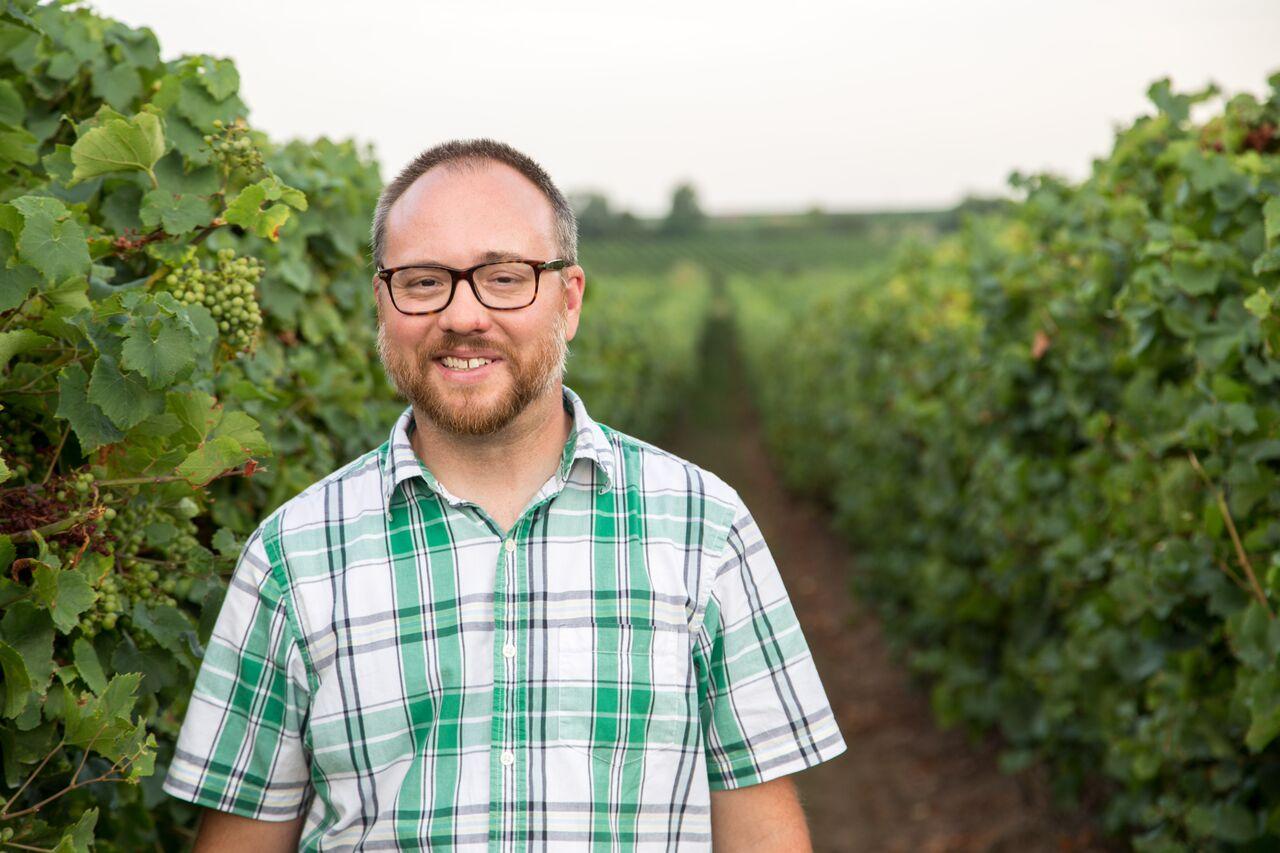
Nonsectarian roots
Most outsiders to PD culture only associate it with Amish and Mennonite groups. These two groups do still use PD as their first language, and speak it in their homes and in their daily lives. What many people do not know is that they were only one part of the PD who came to America.
In the 18th and 19th centuries, immigrants from Germany’s Rhine Valley and southwestern Palatinate region, as well as from parts of Switzerland, fled to Pennsylvania for economic and religious reasons. The language they brought with them was the one we still speak today. Among those people were religious groups fleeing persecution, like the Amish and Mennonite churches.
Others came in search of land and economic opportunities, and refuge from poverty or war. The latter were Protestants, and included Lutherans, Reformed (Calvinists), Huguenots, and other smaller Protestant churches. These groups are often referred to as the “church Dutch”, or nonsectarians – a category to which my own family belongs.
For over 300 years, our language and culture survived in an ever-growing America. We isolated ourselves to certain geographic regions, predominately in south-eastern Pennsylvania. There we were on small farms, continuing agricultural practices brought over from the old country.
While the Amish and Mennonites distinguished themselves from other Americans through their choice of clothes and religious practices, we, the nonsectarians, only had our language and cultural traditions. I believe that is why the language has persisted: it was a major piece of who we were and still are. Over those years, we did assimilate into American society, all while heavily contributing to the growth and success of the new country we called home. We fought in her wars, developed and grew her economy, and influenced her culture.
Fast-forward to the 20th century. The 1900s found thousands of nonsectarian PD speakers. Our language would take two serious hits during the World Wars. It was, of course, not fashionable to speak a Germanic language while we were at war with Germany. Somehow, despite that, the language survived. It would take its greatest hit during the post-Second World War years. Many PD speakers chose not to pass the language on to their children. Each family had their own reasons for this choice.
Connecting a cut-off generation
Many of the people in my parents’ generation grew up hearing their parents and grandparents speaking PD, but rarely to them. While growing up in the 1980s and 90s, it was still normal to find many nonsectarians speaking PD. Going to the grocery store with my grandparents often included many stops to talk to old friends – not in English, but in PD. The problem was that all of the speakers were “old people”. I never found peers that could speak my language. Being the stubborn Dutchman that I was, I refused to quit speaking my language. It was a major part of who I was as a person.
Today, I continue that same line of thinking. Having studied German in college, I discovered the importance of language maintenance and the value of language education. I have devoted my personal and professional life to the survival of my language, a 300-plus-year old dialect brought from a small corner of the world to the shores of the United States.
The internet has greatly helped me in my endeavors. I maintain a blog in PD and a very active YouTube channel with educational videos, and utilize social media as a way of connecting to other speakers. I quickly found many people who came from the generation that was cut off. They were in search of a connection to a language that their family spoke when they were children, but that they never learned. I met people who knew they were PD, but never heard anyone speak the language. They were all trying to connect or reconnect to their roots, and the language was a major part of that.
Language revival
Recently, Pennsylvania has been experiencing a PD revival. Local businesses are using PD words in their advertisements or in their stores, and microbreweriesExternal link are giving PD names to their beer. There are summer camps designed for children that use the language in their events. I guess it is now hip to be/speak PD.
The PD buzz has also spread back to Germany. I recently participated in a documentary filmExternal link looking at the similarities and differences between the Palatinate and the PD. It takes an in-depth look at what we kept in America and what direct connections we still have to our ancestral region. While filming in Germany, I was able to speak PD the entire time, and had no communication issues with anyone that I met.
At home, I speak only PD with my two children. Luckily, my wife completely supports this endeavor. When I talk to them, I hear the voices of my grandparents coming through me. I know that my children will grow up knowing the words and phrases that their forefathers have been using for many generations and I hope that that will be a source of pride in them as they mature. No one knows what the future will bring, but as far as I am concerned, I will continue to close each day with this phrase to my children: “Schlof gut un siesse Draame” (sleep well and sweet dreams).
Language figures
Accurate data on the numbers of Pennsylvania Dutch speakers in the United States are scarce. Estimates of the number of Amish and conservative Mennonite speakers – who today live in Pennsylvania as well as the Midwestern states of Ohio, Indiana, and Wisconsin – range between 300,000-350,000External link. Reliable figures for nonsectarian speakers, nearly all of whom reside in Pennsylvania, are even harder to come by, but the figure is believed to be under 40,000External link, and more likely between 10,000-20,000.

In compliance with the JTI standards
More: SWI swissinfo.ch certified by the Journalism Trust Initiative

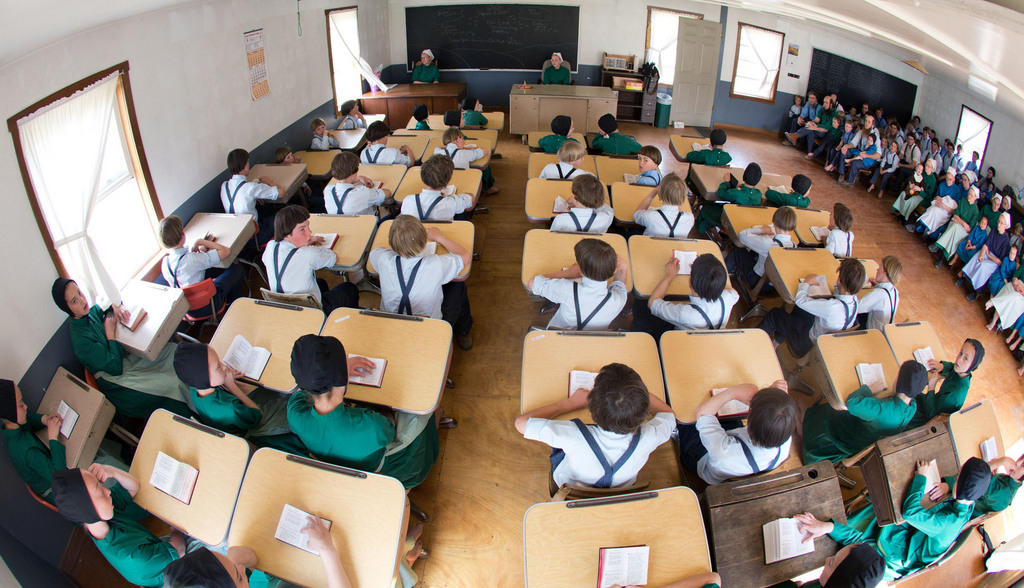
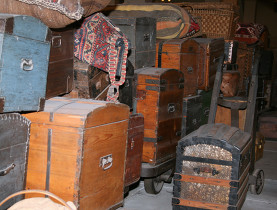

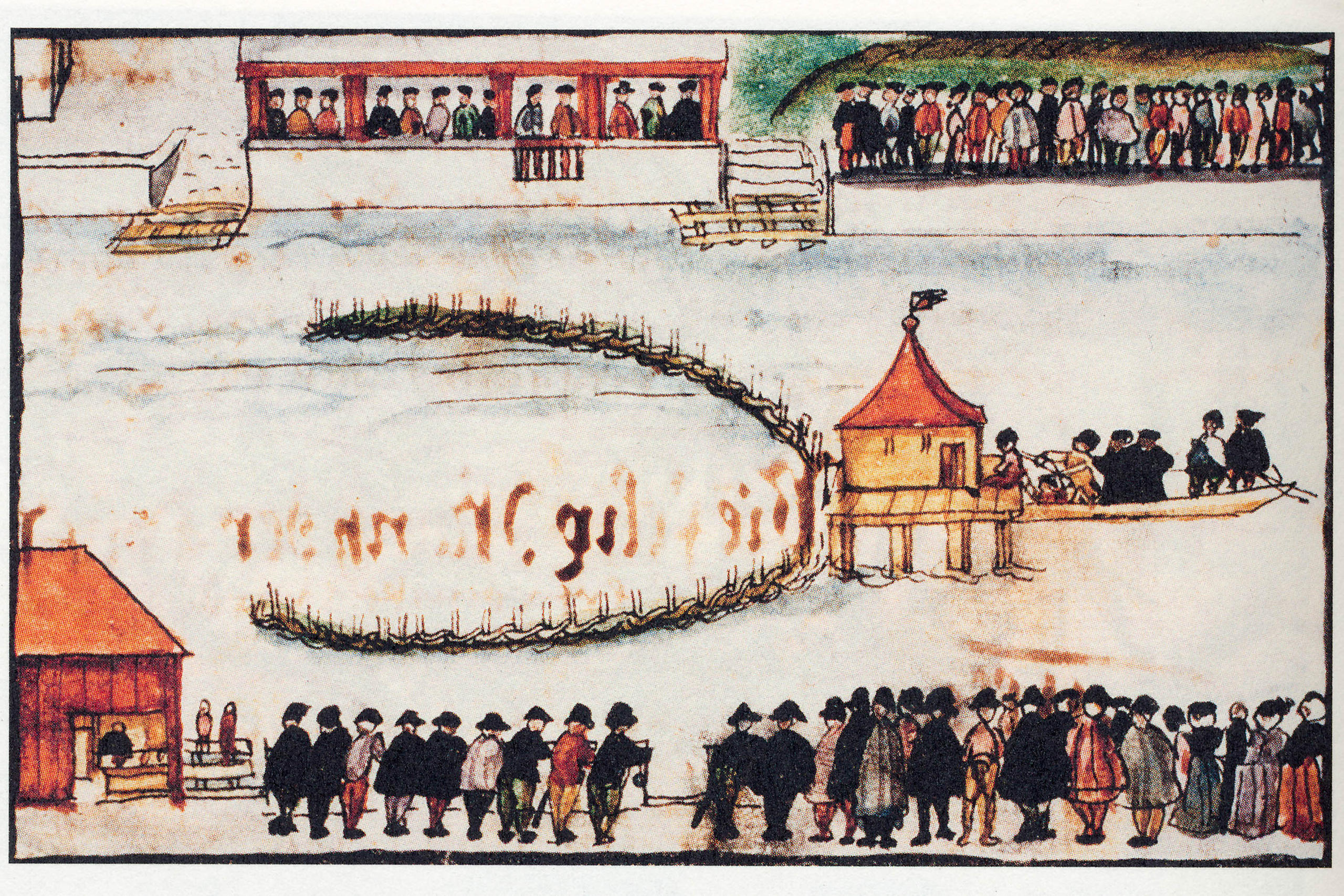
You can find an overview of ongoing debates with our journalists here. Please join us!
If you want to start a conversation about a topic raised in this article or want to report factual errors, email us at english@swissinfo.ch.